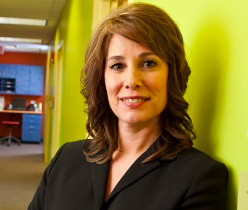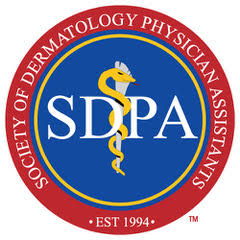About Kim Kinnebrew, PA
Kim is a certified Physician Assistant specializing in dermatology and has Advanced Cardiac Life Support, Pediatric Advanced Life Support and Basic Life Support certifications. Before beginning work at the Alaska Center for Dermatology Kim worked at Southcentral Foundation, Anchorage Native Tribal Health Consortium, and Providence Alaska Medical Center.
Kim was born and raised here in Alaska. She received her Bachelor of Science in exercise and sports physiology from Oregon State University and received her PA certification from the University of Washington School of Medicine. Outside of her work, Kim extends her talents to the kitchen and the athletic field, enjoying cooking and sports with her husband and their two sons.
Kim was born and raised here in Alaska. She received her Bachelor of Science in exercise and sports physiology from Oregon State University and received her PA certification from the University of Washington School of Medicine. Outside of her work, Kim extends her talents to the kitchen and the athletic field, enjoying cooking and sports with her husband and their two sons.
Patient Education Resources
Does Coolsculpting® really work?
CoolSculpting® is a non-surgical, non-invasive procedure that uses a device to cool targeted areas of fat, causing the fat cells to freeze and die. Over time, the body naturally eliminates these d...
CoolSculpting® is a non-surgical, non-invasive procedure that uses a device to cool targeted areas of fat, causing the fat cells to freeze and die. Over time, the body naturally eliminates these d...
Does it cost more to get a tattoo or to have it removed?
The cost of getting a tattoo and the cost of having it removed can vary depending on several factors such as the size, location, and complexity of the tattoo, as well as the experience and reputation ...
The cost of getting a tattoo and the cost of having it removed can vary depending on several factors such as the size, location, and complexity of the tattoo, as well as the experience and reputation ...
Does the food I eat affect my acne?
There is some evidence to suggest that diet can play a role in the development of acne. Studies have found that a diet high in sugar and processed foods can increase the risk of developing acne. Diets...
There is some evidence to suggest that diet can play a role in the development of acne. Studies have found that a diet high in sugar and processed foods can increase the risk of developing acne. Diets...
How Does Isotretinoin Work to Treat Acne?
Isotretinoin, previously marketed as Accutane, is a medication that is used to treat severe cystic acne that has not responded to other treatments. Isotretinoin is a form of vitamin A and works by ...
Isotretinoin, previously marketed as Accutane, is a medication that is used to treat severe cystic acne that has not responded to other treatments. Isotretinoin is a form of vitamin A and works by ...
What is the treatment for nail fungus?
Treatment for nail fungus (onychomycosis) can be challenging, as the fungus can be difficult to eliminate and may recur. Treatment options include:Topical antifungal medication: Over-the-counter antif...
Treatment for nail fungus (onychomycosis) can be challenging, as the fungus can be difficult to eliminate and may recur. Treatment options include:Topical antifungal medication: Over-the-counter antif...
Alaska Center for Dermatology

To help fill Alaska’s need for a cutting-edge, comprehensive clinic offering both medical and cosmetic dermatology, Dr. Peter Ehrnstrom opened the Alaska Center for Dermatology in Anchorage, Alaska, in 2003. Since then, he has worked to bring some of the area’s brightest dermatologists and other dermatology professionals to his practice. Today, the Alaska Center for Dermatology is home to six medical doctors and two physician assistants as well as a friendly support staff. Together we offer a full range of dermatology services for people of all ages.

